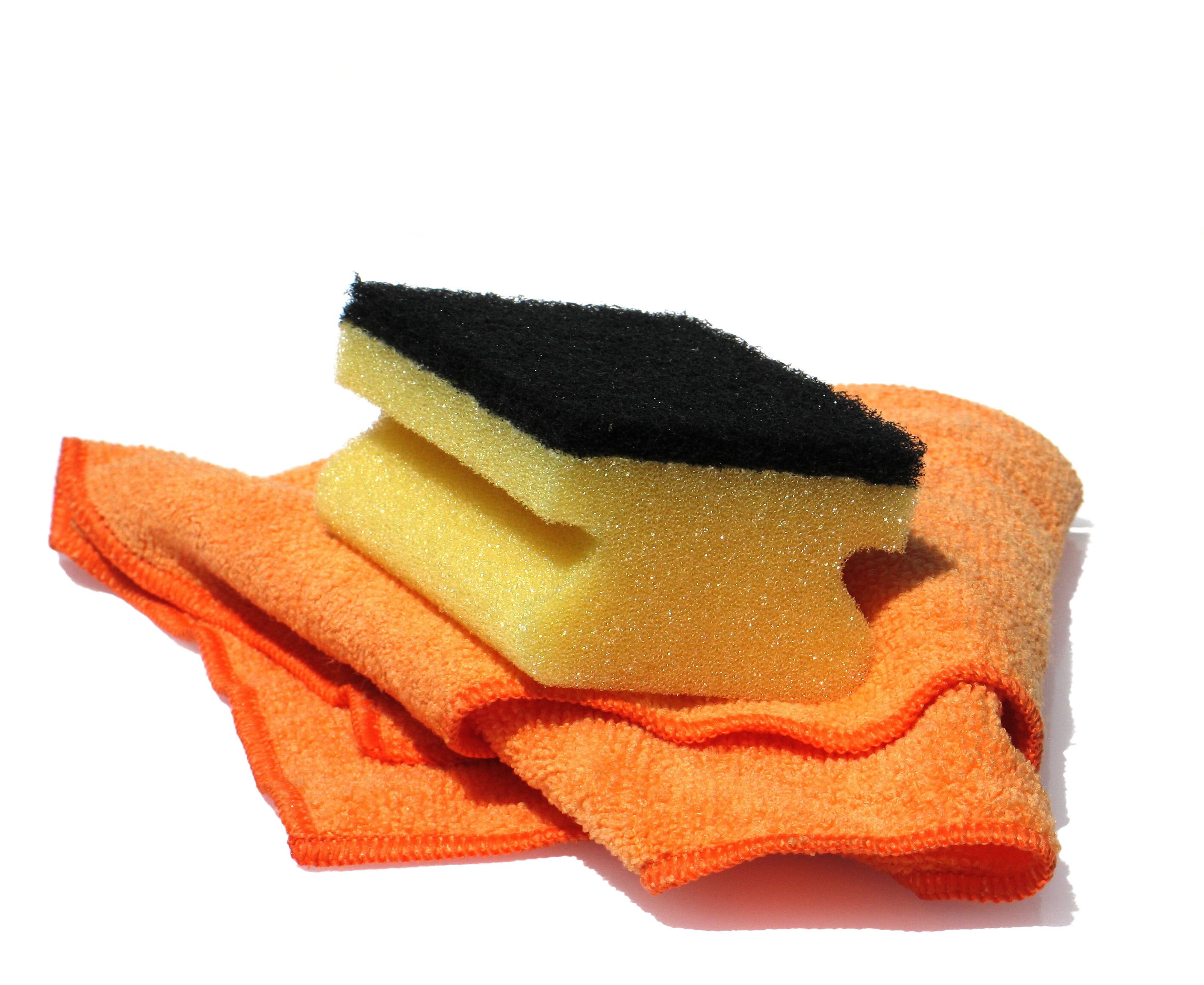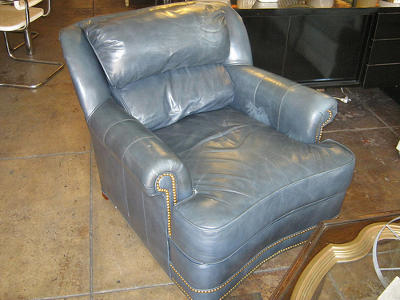Cleaning and polishing your furniture everyday will give it a glowing and lively look. There are many kinds of furniture polish, both commercial and homemade. Although it is may be less of a hassle to just buy a commercial polish there are still many advantages to knowing how to make your own homemade furniture polish.
Homemade furniture polish is not only cheaper than commercial polishes, but also more economical since most of the ingredients can be found around your house. The smell of commercial polishes can also linger for weeks, which can be harmful to anyone living in the house. Since there are no added chemicals to the solution, it is also safer for you and your family. Furthermore, some homemade polishes can also serve as homemade furniture cleaners. Here are some recipes for homemade polishes:
Mixture 1: White vinegar and lemon juice
Step 1: Mix equal amounts of lemon juice and white vinegar in a spray bottle or a bowl.
Step 2: Using a clean cloth, spray or rub some polish onto the furniture.
Step 3: Dry the area using another cloth.
This is a good solution since the vinegar can clean the surface of the furniture while the lemon juice gives a nice scent. However, the wood of the furniture could dry up because there is no ingredient to keep it moisturized.
Mixture 2: Vegetable/olive oil and lime/lemon juice
Step 1: Combine a cup of olive oil and half a cup of lemon juice or equal amounts of vegetable oil and lime juice in a spray bottle or a bowl.
Step 2: Using a clean cloth, spray or rub some polish onto the furniture.
Step 3: Dry the area using another cloth.
According to reviews, this mixture is actually a cheaper and better polisher and homemade furniture cleaner than some of the commercial products sold in the market. It not only cleans and polishes your furniture, but also leaves a nice smell without the addition of any chemicals.
Mixture 3: Vinegar and olive oil
Simply combine ¼ cup of vinegar with some drops of oil and wipe on the furniture. Oils with the longest shelf lives, such as olive oil and jojoba, are the best kinds of oils to use. Boiled linseed, although it has a pleasant smell, should not be used, as they have synthetic chemicals in them. If you are worried about the smell of vinegar, you can always substitute it with lemon juice.
This solution works like a charm because vinegar can remove the dirt from the wood and the oil can lubricate the wood, preventing it from drying out. The proportions of the mixture, however, may vary according to the climate in your area. It is also good to know that the use of vinegar and oil is not recommended on contemporary lacquered surfaces because they have acidic stripping agents. Applying this solution on these kinds of surfaces will only damage your furniture instead of cleaning it.
Mixture 4: Beeswax and turpentine
Step 1: Mix 2 oz. grated beeswax with 5 oz. turpentine and store in either glass or plastic containers.
Step 2: Pour or spray on a clean cloth.
Step 3: Wipe with the wood’s grain until the wood doesn’t look dry anymore.
If you’re using spray bottles for any of these mixtures, make sure not to use those that formerly contained chemicals. Also, make sure to shake the container well before use if you are reusing an old formula. Keep in mind that newer solutions usually work better.
Homemade furniture polish is not just cheaper and more economical than commercial polishes, but it is also safe and very easy to make. It may be less of a hassle since you probably already have all the ingredients you need in your house. Of the four mixtures mentioned above, I would advise you to use oil and lemon/lime juice. Apart from it being able to clean and polish your furniture effectively, it also leaves a nice scent.




